
SKIRR Adventures’ debut expedition, a unique 4,802 nautical mile long high latitude expedition to some of the most remarkable and remote places on the planet, including Greenland and the infamous Scoresby Sund, recently concluded, bringing crew members home with a once in a lifetime experience under their belts.
The full round-trip took around eight weeks to complete, with adventure seekers having chosen one leg, several stages, or completing all five legs. Under the power of sail, on board the 68-foot fully-adapted expedition yachts, the crew will explore pristine waters and imposing landscapes.
We caught up with Skipper Bob Beggs who reflects on his experience leading one of two SKIRR Adventures yachts on the trip:
What experiences in your career set you up for the SKIRR Adventures expedition?
I’ve done an awful lot of ocean sailing and spent a lot of time in the Arctic Circle on land. This particular adventure combined both skill sets so it was fantastic to get to do it.
Sailing to the Arctic Circle is not the most common trip, what made the voyage so unique?
What makes it unique is it is not something you can do easily – you can go on a cruise liner or fly in by land but it’s a unique experience to sail in and work your way through the ice, weather permitting, and to see Greenland in all its splendour.
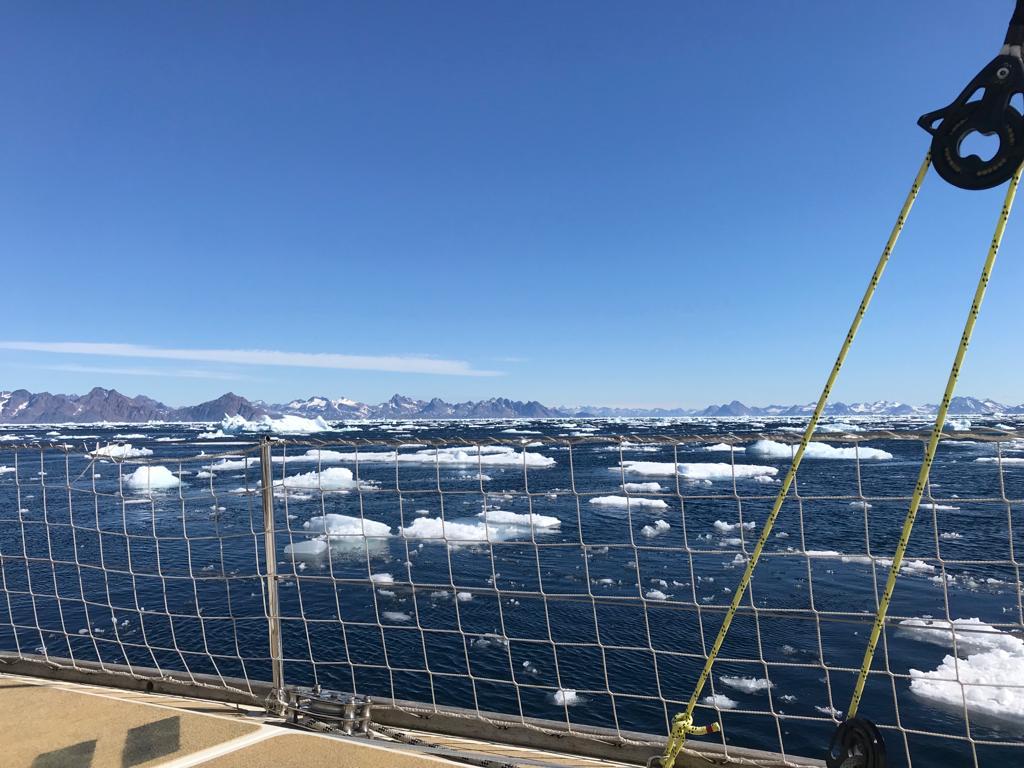
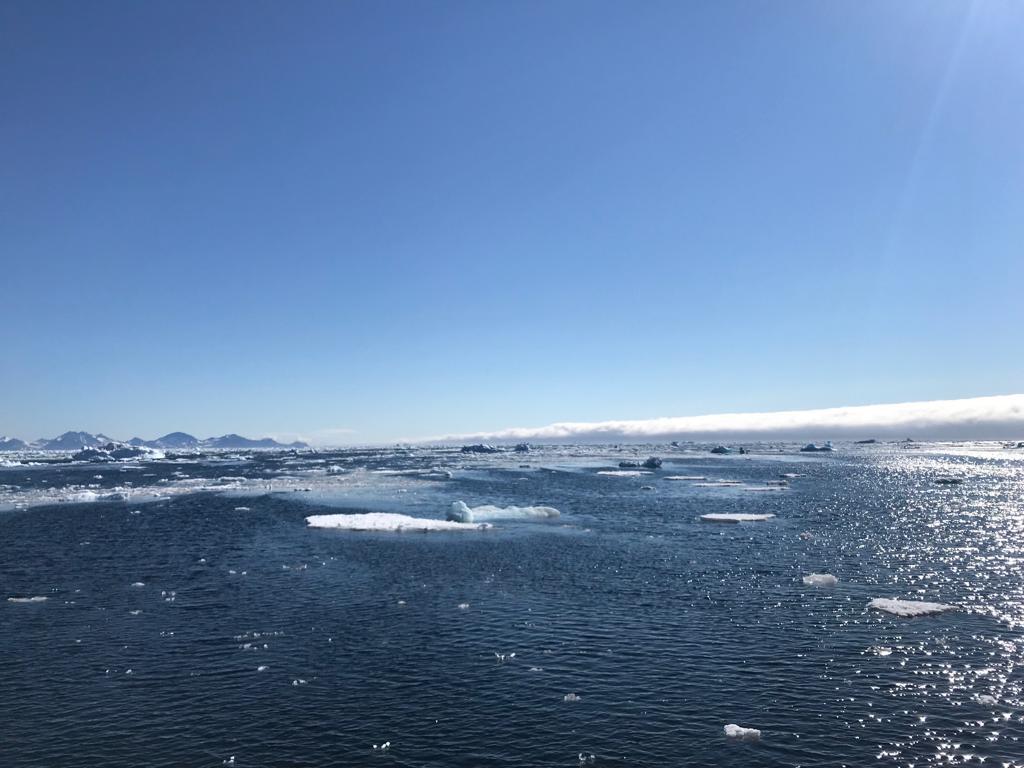
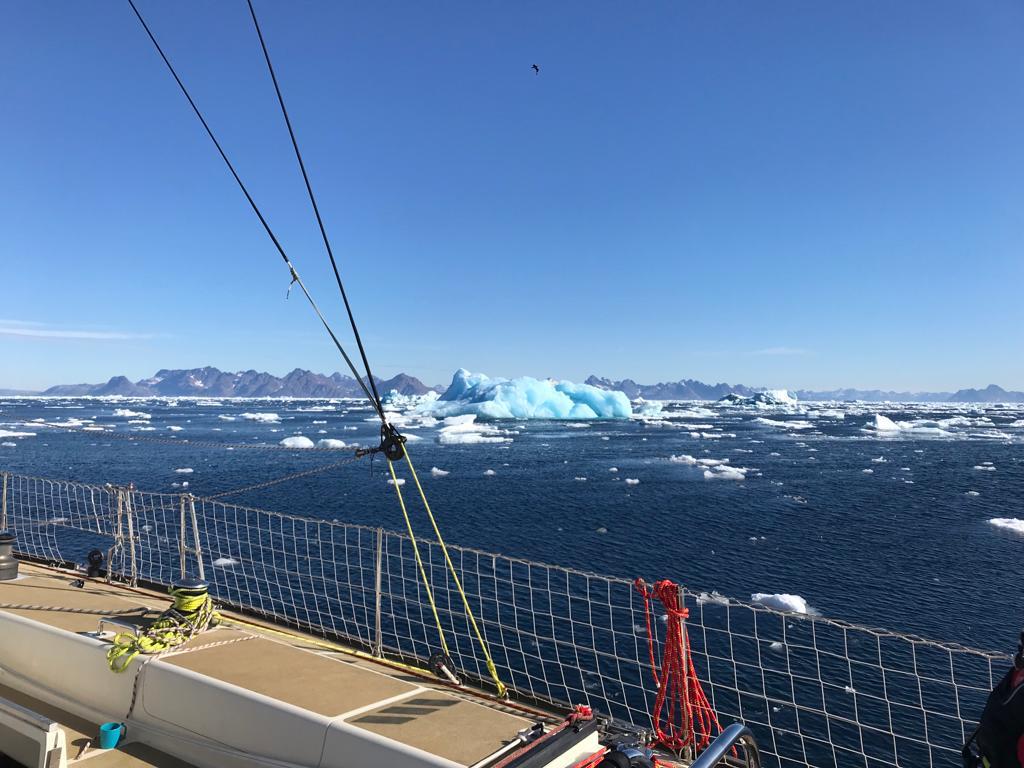
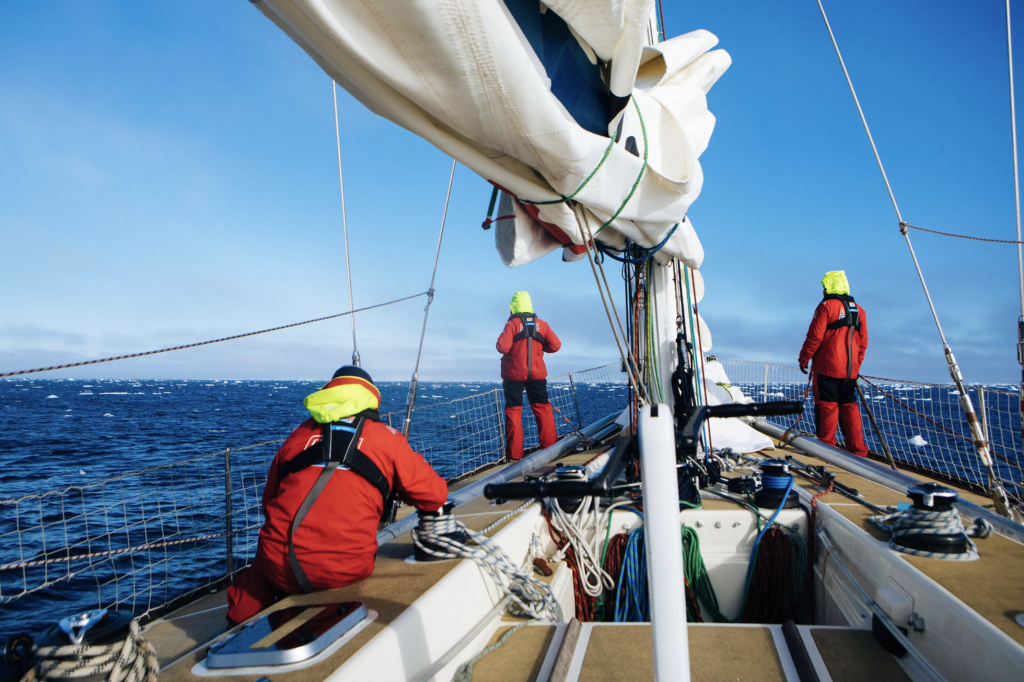
With crew with varying capabilities from different walks of life, how did they gel to form a good team?
The team gelled extremely well. We had a couple of circumnavigators from the Clipper 2017-18 Race, one had been an AQP [Additional Qualified Person] temporarily so was very knowledgeable. And the crew got stuck in cleaning, maintaining and getting the boat prepared between sailing. Although we had a Skipper and two mates onboard, the crew got fully involved in the spirit of the whole event to make sure the boat was kept in top condition.
What would you cite as the highlight of the trip?
For me, it would be pushing in through the pack ice with the good information we had, and making landfall in Scoresby Sund, as well as enjoying having a brilliant crew who were focussed on making landfall and doing everything they could to make sure it worked.


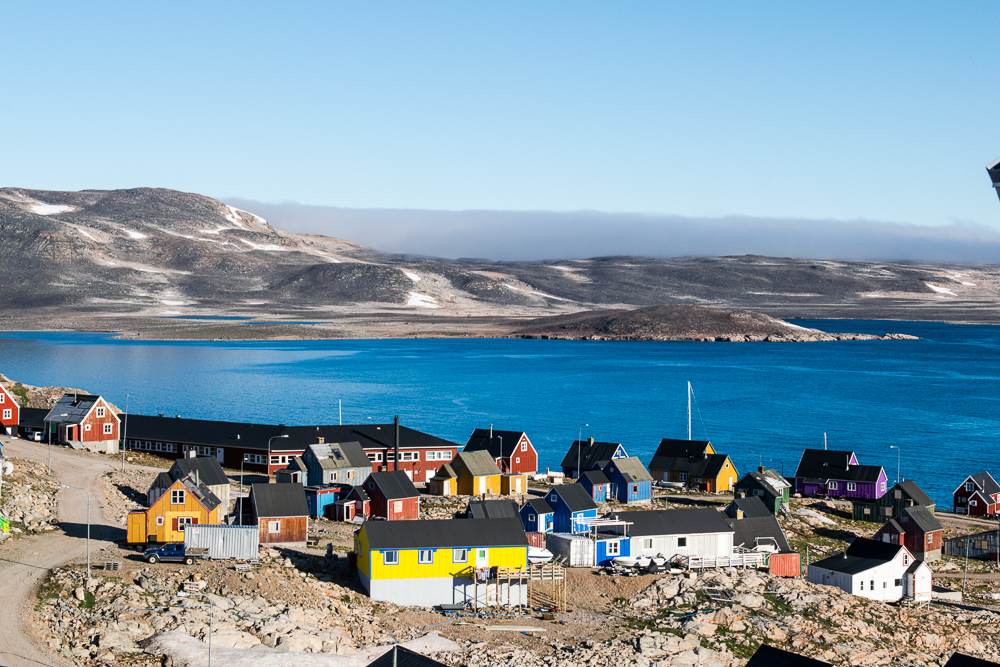
Life on board in the wilderness can be tough, how did the sailors get on in the harsh environment?
It’s all to do with the crew – and we had the right people with the right mindset, which meant it wasn’t tough. They realised they were going to a place where you are on your own. It was good having two boats together as it is reassuring if you need a pull, a push or a tow.
What personality traits and skills are needed for an adventure like this?
Certainly determination, and flexibility are essential – if the ice and winds aren’t playing, you need an alternative plan or wait. You want to be someone who is happy in cold climates, not a sun worshipper! – ensuring you are keeping warm. Although saying that we were only cold for a short period with the fog and ice.

What were the conditions like when trying to make landfall?
The conditions were harsh – we did get close to see the coast of Greenland, we could see the glaciers and the mountains but the ice proved to be too thick. It’d have been another week before the ice dispersed, so we went back to Reykjavik and our second approach to Scoresby Sund the reports was the ice was going to be scarce so we were able to push through and get to Scoresby Sund which was relatively ice free.
How did you fare when you came into close quarters with icebergs?
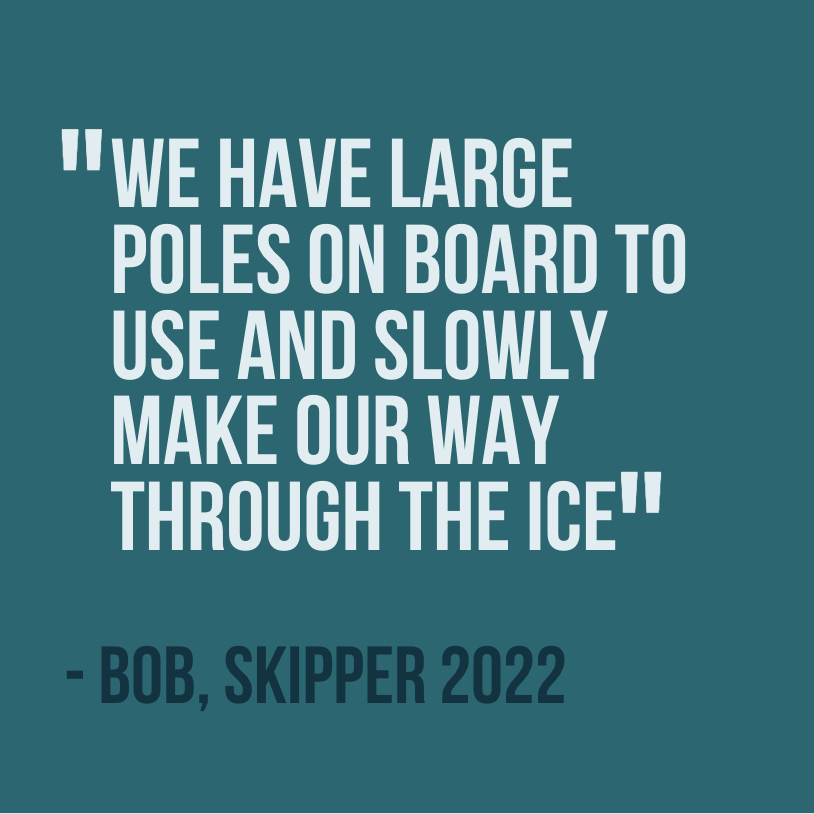
You need to be aware of the wind conditions as the ice is floating and it goes with the wind, if you are going through pack ice you need to plan an exit route. There is a lot of weather and ice information online to aid you in planning and you need to be able to push the ice away – we have large poles on board to use and slowly make our way through. We have predictions of the type of ice and the chance of getting through and you can plan a good approach with the hope to make landfall – the information is really important but you also judge for yourself when close.
How do you think experiencing the wilderness so closely can encourage us to think about our impact on the planet?
Going in with a sailing boat, and by minimising engine use we hope not to impact the environment. It’s important people go with the right mindset for it. Everything we go in with, we come out with. It heightens people’s awareness of the village’s fragility of resources and what we are doing to the planet. People coming back will I’m sure have a renewed effort to reduce their carbon footprint.
What was the wildlife like?
We had spectacular wildlife sightings – we saw numerous whales of many types, dolphins almost daily, seabirds, puffins and seals – no polar bear sightings but maybe next time! The crew said it was fantastic.
What did you learn from the crew you spent time in close quarters with?
Certainly, many of my crew had studied their carbon footprint and came out with some remarkable figures which was interesting. Also many are continuing to raise awareness of climate change with sponsored events back home so it’s great to see the passion and encouraging a common sense approach to environmental issues.
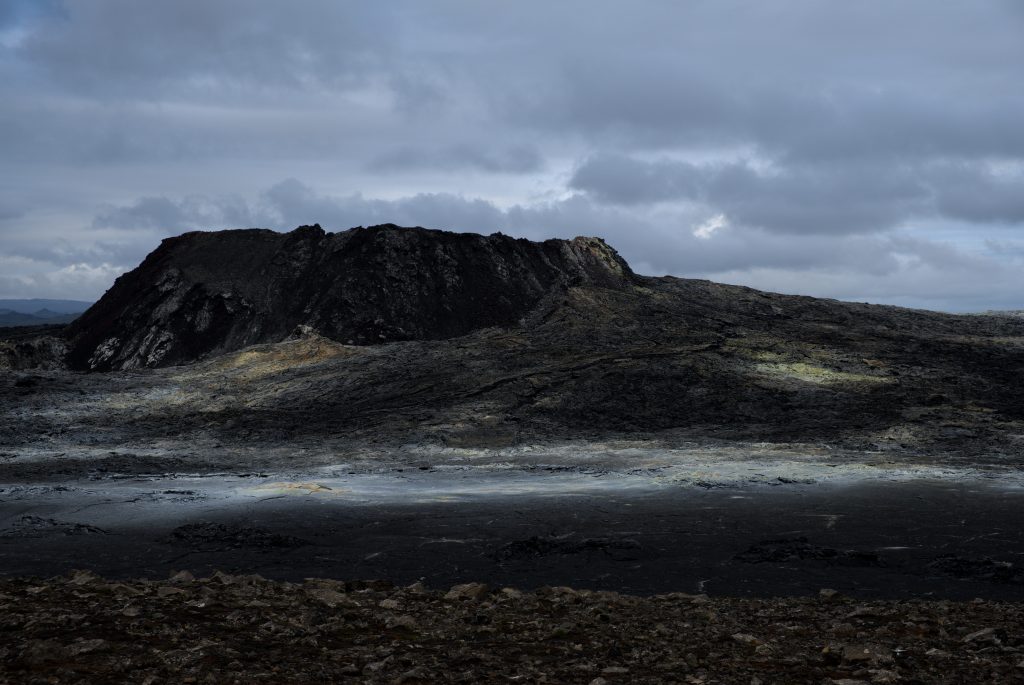
What’s next for you? Do you have sailing goals to tick off still?
I have plenty of goals – I would like to return to the Arctic and spend time doing adventures in the high latitudes. My racing days are slowly coming to an end and I want to focus on more adventures in the Northern Hemisphere and taking people to these places to learn more about what’s going on.
Created by Clipper Ventures, the organisation that runs the Clipper Round the World Yacht Race, the SKIRR Adventures expedition is bringing together explorers from around the globe with a thirst for adventure to embark on sailing trip like no other, bound for Iceland and Greenland via Scotland and the Faroe Islands.
Looking for an adventure? Follow @skirradventures for future events.
